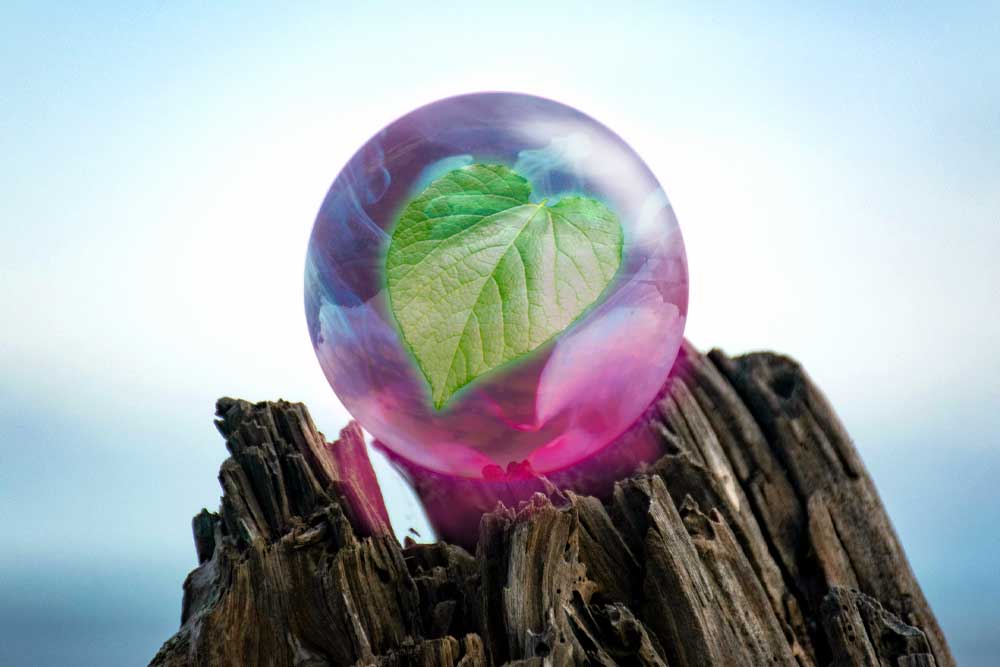Kava Myths vs. Facts: Dispelling Misconceptions About the Pacific’s Sacred Brew

Kava, also known as yaqona, awa, or sakau, has roots (quite literally) stretching back over 3,000 years in the South Pacific. This traditional drink, derived from the kava plant’s roots, plays a pivotal role in relaxation, cultural ceremonies, and social gatherings across the Pacific Islands. Yet, despite its rich history and growing global popularity, many myths and misconceptions surround kava.
Is kava a dangerous drug? Will it get you “high”? Can you drink it safely? These are just some of the questions that arise when the topic of kava is brought up. Whether you’re a health enthusiast, a cultural explorer, or simply curious about kava, let’s separate fact from fiction by addressing some of the most common myths about kava.
What is Kava? A Quick Overview
Before debunking myths, it’s important to understand what kava actually is. Kava is made from the roots of the Piper methysticum shrub, which thrives across the South Pacific in places like Fiji, Vanuatu, Hawaii, and Papua New Guinea. The root is ground into powder, mixed with water, and strained to create a drink.
Renowned for its calming effects, kava helps users achieve a state of mental well-being and relaxation without being intoxicating like alcohol or overly stimulating like caffeine. Used in moderation, it’s a revered drink in Pacific Island cultures, enjoyed socially or during sacred ceremonies.
But as kava spreads to international audiences, so too have misconceptions about what it does, how it works, and for whom it is appropriate.
Common Kava Myths vs. the Truth
Myth #1: Kava is a Recreational Drug
Truth: Despite occasional comparisons to substances like alcohol or cannabis, kava is neither. Its effects are not euphoric or hallucinogenic, but rather calming and grounding. Kava primarily works through its active compounds called kavalactones, which interact with the brain’s GABA receptors to promote relaxation and reduce stress.
Unlike recreational drugs, kava doesn’t produce dependency, alter perception, or impair cognitive function at moderate doses. Think of kava as a natural alternative to a cup of chamomile tea or a mindfulness meditation session.
Pro Tip for New Drinkers: Start with 2-3 shells of kava (approximately 4 oz per shell) in a calm and quiet environment. Kava is best appreciated in peaceful settings.
Myth #2: Kava is Dangerous for Your Liver
Truth: Kava’s reputation took a hit in the early 2000s when isolated reports linked kava to liver issues. However, further research revealed these cases were tied to improper preparation (such as using parts of the plant other than the root) or low-quality kava products.
Properly cultivated and prepared kava—using only the root—has been consumed for thousands of years in the Pacific without significant health concerns. Experts recommend sourcing kava labeled as “noble kava” from reputable suppliers, as it is the safest and highest-quality variety.
Safety Tip: Kava is not recommended for individuals with pre-existing liver conditions or those taking medications that may affect liver function. Always consult your physician before trying kava if you have any concerns.
Myth #3: Kava Causes Dependency
Truth: Unlike substances such as alcohol or nicotine, kava is not addictive. Its chemical interactions in the brain do not create a “reward loop” that leads to dependency. Additionally, kava consumption doesn’t result in withdrawal symptoms.
What kava can do is create a sense of relaxation that many people enjoy and want to replicate. But as studies and traditional use demonstrate, this effect doesn’t escalate into problematic overuse.
Myth #4: Kava Gets You “High”
Truth: One of the biggest misconceptions is that kava produces a “high” similar to alcohol or cannabis. However, this isn’t the case. While kava induces relaxation and eases tension, it doesn’t impair judgment, alter motor skills, or induce euphoric states.
When consumed responsibly, kava helps users feel clear-minded and calm, making it ideal for unwinding at the end of the day or socializing in low-key settings.
Myth #5: All Kava is the Same
Truth: Not all kava is created equal. There are two main types of kava—noble kava and tudei kava. Noble kava, preferred for daily consumption, promotes relaxation without lingering effects. Tudei kava, on the other hand, has a much stronger and longer-lasting effect, making it traditionally reserved for ceremonial use.
Choosing the right kava depends on your intent. For everyday use, noble kava is the gold standard and is the type recommended by experienced drinkers and suppliers.
Expert Tip: Look for suppliers who perform regular quality testing and provide Certificates of Analysis (COA), like Kava Depot, to ensure the kava’s safety and authenticity.
Myth #6: Kava is Too Bitter and Unpleasant to Drink
Truth: While kava does have an earthy taste, many enthusiasts claim that the unique flavor is part of its charm. Additionally, drinking kava is as much about the experience and setting as it is about the taste.
Still, if the flavor isn’t for you, there are ways to make it more palatable. Mixing kava with coconut water, almond milk, or a splash of honey can soften its taste without reducing its effects.
Quick Tip: Skip caffeinated beverages or alcohol while enjoying kava—both can interfere with kava’s effects and make its taste less enjoyable.
Discover Kava for Yourself
Kava isn’t just a drink—it’s a tradition, a stress-buster, and a subtle bridge to cultures steeped in history. When approached with respect and knowledge, kava can be a powerful addition to your wellness toolkit.
If you’re curious to explore the world of kava, make sure to do so thoughtfully. Choose noble kava from reliable sources, and remember that moderation and mindfulness are key.
Now that you know the truth about kava, why not discover its benefits for yourself? Brew a batch, relax, and enjoy the timeless experience that has connected people for millennia.

